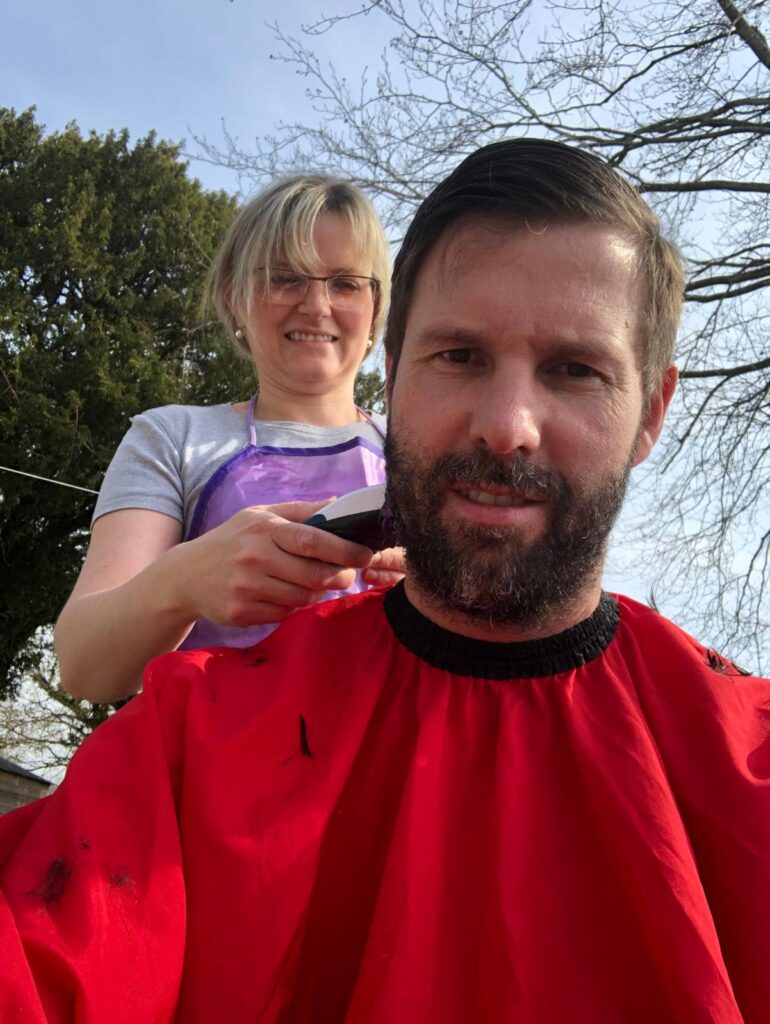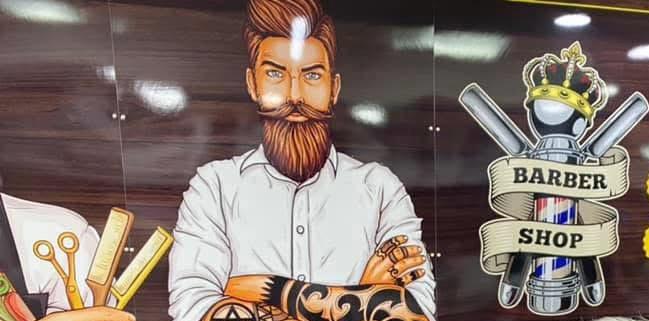For those who know me, my wife is a hairdresser, but she says she can’t cut my hair like the barbers do. I’m pretty sure that when we were courting, she didn’t say the same… but that’s another story.
I’ve been to my usual barber in Leominster. They always seem happy in this barbershop. It’s a Turkish barber, and I always feel good after coming out of there. But during this visit, I more consciously observed what happened. I always take note of service experiences, but this time I wanted to really pay attention to what they did for me and the other customers, call it market research if you will. I wanted to dissect the experience to see what could be learned by really taking note of what they did and thinking about why they did it from a selling perspective.
After a short wait, less than 3 minutes, I was invited over to the hot seat. There were five barbers working, with two more spare seats. Saturday is their busiest day of the week. He put on the branded gown to cover my clothes and added the neck collar strip. “What are we doing today?” he asked. Out comes my phone with the ‘hair’ picture. It was a barber I hadn’t seen before, but he glanced at my picture for about 10 seconds and said, “OK.” I always feel slightly nervous when they don’t take long to look at the picture, but I find it easier than trying to explain when English isn’t their first language though. He confirmed, “Number 2 on the back and sides,” and then I got the upsell.
He looked at my face and asked, “Do you want me to do your beard?” “Yes, please.” “Would you like the full service, then, with your nose and ears waxed?” By now, I’d forgotten any anxiety about what he was doing. I went for the usual “full service,” but it’s not lost on me that I asked for a haircut and ended up with “the works”—a 52% upsell and more time in the chair. With a little chit-chat, he got underway.
His English was a little broken, but it didn’t take away from the fact he engaged with me and confirmed the length on top before proceeding with the rest of the haircut. Confirming the length of the top was his equivalent of us pricing for a major service and confirming what we are doing when a customer drops off. Before he had taken the first unreversible snip. Keeping me in the chair longer was their equivalent of getting a vehicle on and off the ramp efficiently.
While I was in the chair, I made a few more observations around the shop. A boy of around 5–6 was in the chair next to me. He looked nervous and started crying after the haircut had begun. His mum, who was sitting nearby, looked anxious and came over to reassure him. Still crying, the barber brought him a bottle of drink from the fully stocked fridge and reassured both the mum and the boy that everything was fine and not to worry.
Two more boys came in with their dad and sat on the waiting chairs. On entry, they were greeted by the first barber with eye contact and a smile: “Take a seat; we won’t be too long.” Then another barber said to the boys, “Help yourself to a drink from the fridge,” and they sat waiting without any problem. This is obviously part of what they do for younger customers—reducing the focus on the wait. It seems that a bottle of drink is all you need to change the experience.
Anyway, back to me. About 10–15 minutes in, it was time for the beard. “Not too much off, please,” I said. “1.5?” he asked. “It might be a bit short at that; my wife and kids don’t like it spiky,” I replied. He reassured me, “1.5 will be right for your hair and beard length, and it won’t be too spiky. That’s what you had in the picture.” So, I went with that.
Thinking about that part of the experience afterwards, I realised that he didn’t know my wife or kids, but I’m not a barber—he’s the expert. He seemed to have gained my trust in a short time and made a recommendation that I accepted. Referring to the picture he’d glanced at 10-15 minutes ago provided the reassurance and authority I needed. Think about that when we advise a customer.
He tipped the seat back and meticulously trimmed my beard with clippers, changing direction and tensioning my skin for an even cut. It felt like attention to details. It was even and not too short. Then he set about shaping the edges and doing the wet shave. Cooling gel was applied, followed by some nice-smelling spray on my beard. A new cutthroat razor blade was taken from its packet, and the wet shave commenced. Eyes closed, I could feel his concentration, but it was done quickly and precisely, but didn’t feel rushed.
More spray was applied, and my favourite part came next—the hot towel. Wrapped around my face so I couldn’t see, a head and face massage followed through the towel. Then I was left for a couple of minutes to sit in the steam. I could hear the barbers chatting to each other in another language and the sounds of tidying up. The towel was removed, and he asked, “Is that OK?”
I think this is my favourite part because it’s something you don’t do yourself when shaving. The contrast of the hot towel and the cool air afterwards makes you feel refreshed—it’s the old-school equivalent of a handbrake adjustment.
Now for my Mr Bean moment: hot wax was applied to my ears and nostrils. I sat there with wax and lollipop sticks hanging out of my nose and ears. I could see the kids looking at me, one of them smiling. I didn’t feel it appropriate to get up and say “Bean.” I was the same when I saw it for the first time, but now I’m at an age where I pick my nose less if it’s waxed. I knew it was going to hurt for a moment, but you can see and feel the result afterwards. Ouch—it’s done.
The chair was returned to the upright position. Like in Steven Barton’s podcast, where he talks about his barber doing “the final snip,” my barber roughed up my hair, looked all around, and then made two snips with his scissors to finish it off. I couldn’t tell you if he actually cut anything, but it was obviously thorough because he wasn’t happy to leave it without those last touches.
He showed me the back and sides in the mirror, used a hairdryer to remove the cut bits and excess water, and applied more smelly spray to my face, rubbing it into my beard and spraying again. The collar was removed, followed by a final neck hair trim. He then asked, “Do you want any product in your hair?” “Yes, please,” I said. Powder was applied, followed by an olive oil spray—probably a trade product because I’ve never seen it in shops I thought.
My hair was styled to within an inch of its life, and that was it. Done. “Would you like some aftershave?” he asked. “Go on, then,” I said.
I paid, left a tip, and walked out of the shop. All the barbers looked up and said goodbye as I stepped outside. I could feel the cold on my head and face and caught a waft of the scent in the breeze, which just finished the experience off for me.
When I got home, Fliss commented, “You smell nice,” before looking at my hair. It shows the importance of these details and providing services that appeal to the senses Fliss’ noticed the smell before the haircut.
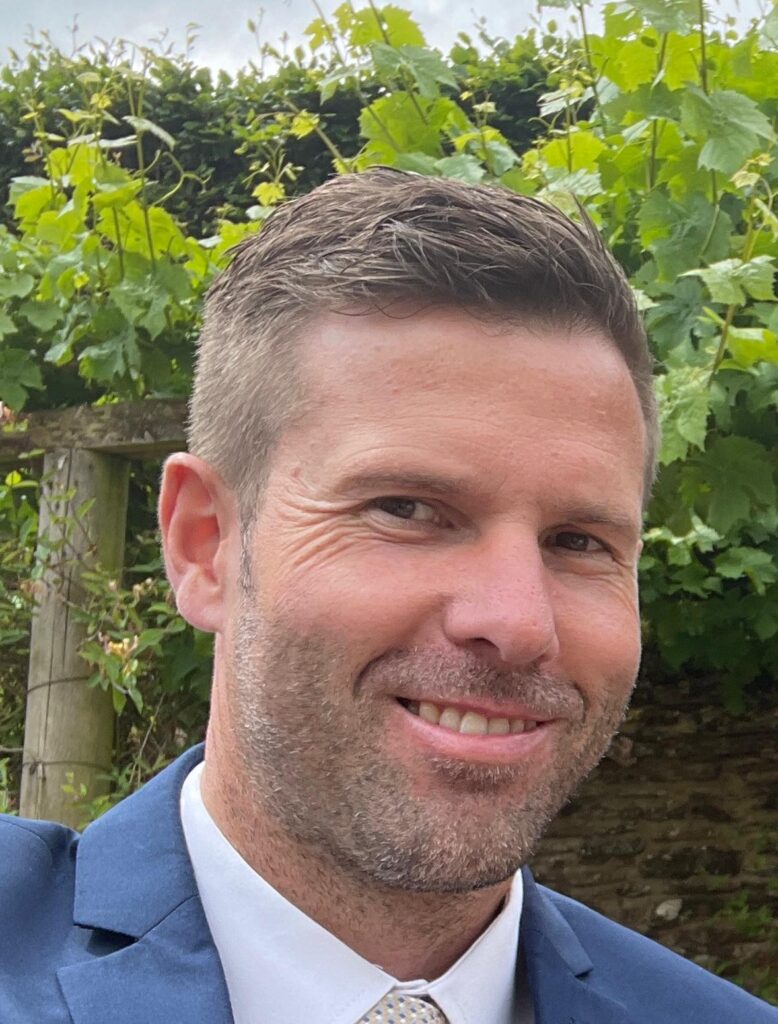
What are the Lessons?
Next time a customer rings you to ask for an MOT, think about the questions you need to ask. Upselling at the barbers was seamless and non-pushy—it was just about asking the right question. If you see the same barber, they can predict needs by noting or remembering preferences. In a garage, you can make notes in your garage management system about the customer and use them to prompt based on previous dealings. Or you can simply ask, “Did you want a service with your MOT, or is there anything else we can help with while you’re in?” This can be repeated at booking and drop-off—confirming and offering.
Invisible services are harder to provide with that ‘can see what has been done’ outcome, but there are many ways to make a workshop visit feel different. It’s easier for barbershops to demonstrate what they’ve done because the outcome is visible. Even so, they still lean into smells and feelings, as they understand that makes the difference. How do you think I felt when they all stopped for a moment to say goodbye? I can tell you—I felt important and seen.
I also identified a negative from the experience. This barbershop often had staff talking to each other in their own language. I’ve noticed this in many non-UK barbers, and it irks me a bit. It’s not that they aren’t from the UK, but that they haven’t fully understood the market or client base. We do the same in garages. Think about the next time you talk technical to a customer who doesn’t understand—it may as well be a foreign language. Understanding customers is vital to providing the best experience possible—whatever the business.
